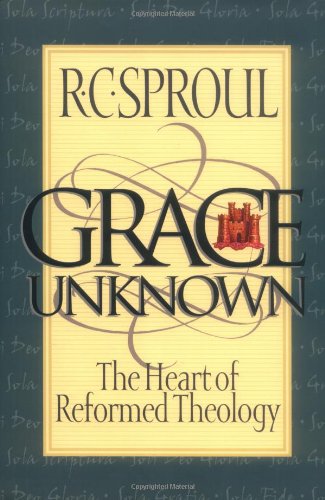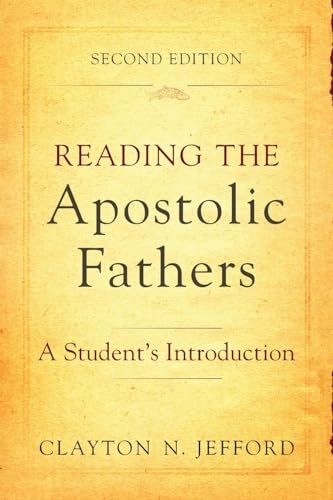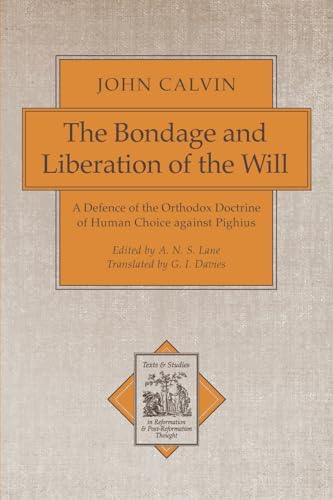Jesus and the Logic of History is a frustrating book. It is quite impossible to place within a particular genre of scholarship. Parts of it are apologetic, portions clearly fall within the arena of NT studies. It could be a useful resource for a harassed church leader or an undergraduate wanting something basic about historical Jesus research from an evangelical perspective. However, from a perspective of scholarship, the book fails to live up to its potential.
The Rt Revd Paul Barnett is the Bishop of Sydney, and thus it is not surprising that the book is accessible yet theologically erudite. Barnett begins by surveying a variety of scholarly ‘Jesuses’, which are on offer at the present time, although surprisingly there is no mention of N.T. Wright’s Jesus and the Victory of God (London, SPCK 1996). This in itself dates the book as far as NT Studies is concerned; such does Wright bestride this area of scholarship. Chapters 3–6 are clearly meant to be the ‘meat’ of the book. The third chapter entitled ‘Jesus in Proclamation and Tradition’ contains a veritable gold mine of useful references to how Jesus is portrayed consistently throughout the witnesses of the NT. Chapter 4, ‘Jesus in Historical Context’ cried out for some interaction with Wright, even if only with his New Testament and the People of God (London: SPCK, 1993). However, its dialogue with Freyne in particular will make this a useful chapter for those seeking to put Jesus of Nazareth within his immediate theological and sociological context. For this Dr Barnett is to be congratulated.
Barnett’s discussion in Chapter 5 of ‘Jesus in the Gospels’ is perhaps the most relevant to readers of Themelios. In it, he asks about the nature of the term ‘Christ’ for 1st Century Jews. He deals with the problem of four biographies (Bios) of Christ, implicitly interacting with the work of Richard Burridge (What are the Gospels? Cambridge: University Press, 1992). This should be basic fodder for the undergraduate. Mention must be made of the fact that Barnett offers an excursus after each chapter, dealing with issues such as Jesus in Josephus, and how much Paul knew of Jesus of Nazareth. Barnett’s work clearly presents a realistic Jesus. I am not sure whether he has been so clear about history. Where was the dialogue with A.E. Harvey or F. Watson? This is a work that you will want to read even if only to bring you up to speak with a broad sweep of biblical scholarship. Yet Barnett’s work would stand a greater chance of being more influential if it had dialogued far more with Wright. Nevertheless, a work defending the Christ of Faith as the Historical Jesus by and Anglican Bishop is to be praised and cherished. It is also one that should be welcomed for its accessibility. This should mean that it will be widely read; it does deserve to be.
A final observation (if I may), I am not convinced that this work is truly representative of biblical theology. Such is the general poverty of this discipline, both in the academy and the Church. This is a problem for us all collectively to address.
Kevin Ellis
The Queen’s College, Birmingham







